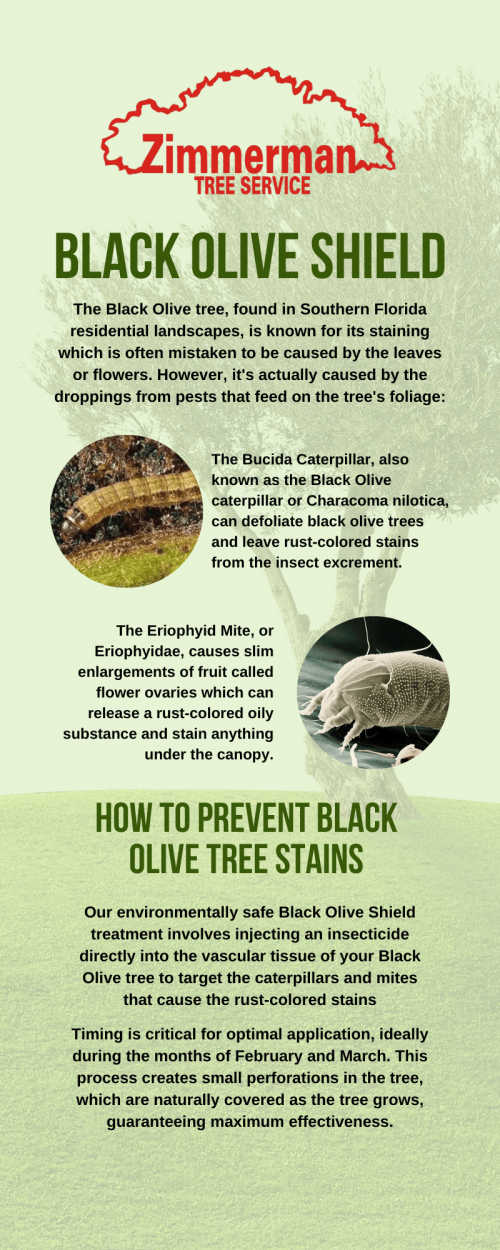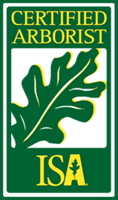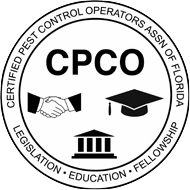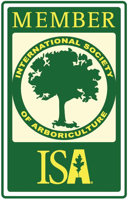Black Olive Tree
Shield Stain Prevention
Black Olive Shield by Zimmerman in Palm Beach can help customers prevent stains from Florida’s black olive trees. The black olive tree, Bucida Buceras, is commonly found in residential landscapes in Southern Florida. Its prevalence in Southern Florida underscores its significance in the local ecosystem and landscape design. With its dense canopy and evergreen nature, the black olive tree provides shade, aesthetic appeal, and habitat for various flora and fauna. However, alongside its beauty, black olive trees can pose challenges, particularly concerning the unsightly stains they leave behind.
Why Do Black Olive Trees Stain?
Many people don’t know that tree leaves or flowers don’t cause the staining. It is caused by the droppings from the pests that feed off the foliage of the tree:
- Bucida caterpillar: Also known as the black olive caterpillar or Characoma nilotica, the larvae feed off the leaves and flowers. They have been known to defoliate black olive trees. The feeding leads to frass production, which is the excrement of insect larvae. This frass then leaves a rust-colored stain on sidewalks, streets, and any object under the tree’s canopy.
- Eriophyid mite: The feeding by these mites, or Eriophyidae, creates slim enlargements of the fruit, known as a flower ovary. These string bean-looking structures can become moist and release a rust-colored oily substance that stains anything under the canopy.
The insects don’t affect the health of the trees. However, they leave the owners unhappy as they have to deal with the black olive tree stains.
These stains can lead to the driveway, sidewalk, car, and roof looking unsightly. Not to mention that if the stains are on the driveway and sidewalk, it can cause the area to become slippery, which can be a liability. Our tree experts have seen these stains peel the paint off cars, and owners are becoming increasingly frustrated because pressure cleaning does very little to help.
Are black olive trees really this messy? If you use our Black Olive Shield offered by our South Florida tree service, they don’t have to be. What’s better is they won’t be.
How to Prevent Black Olive Tree Stains
Our prevention tactic for black olive stains is an insecticide injection in the trunk of your tree. This will target the caterpillars and mites that feed on the flowers of the black olive trees that Florida is abundant in. Our injections are environmentally safe and not harmful to animals or humans. Black Olive Shield involves injecting the insecticide directly into a tree’s vascular tissue. This keeps the product enclosed in the tree and away from pets and other wildlife. Process holes are created in the tree to reach the vascular tissue during the injection.
Black olive trees will naturally grow over time and cover these holes, solidifying the fact that the insecticide stays inside the trees. This ensures the maximum effectiveness of the prevention treatment. A key factor in the prevention process is the timing of it. The window of control or application needs to be done when the trees are flowering, typically around February and March. To learn how to prevent black stains on roof shingles, sidewalks, cars, and more, make an appointment with us.
How Do You Treat Black Spots on Olive Tree Leaves
Black spots on olive tree leaves can be indicative of various issues, ranging from fungal infections to nutrient deficiencies or environmental stressors. Promptly addressing this problem is crucial to maintaining the health and vitality of your olive tree, as with the treatment of any type of tree disease.
Effective methods for black olive tree stain removal include:
- Pruning: Trim away any affected leaves and branches to prevent the spread of the infection or disease.
- Proper watering: Ensure your olive tree receives adequate but not excessive watering. Overly wet conditions can contribute to fungal growth.
- Fertilization: Maintain proper soil nutrition by fertilizing your olive tree with a balanced fertilizer. This helps boost its immune system and overall health, making it more resilient to diseases.
- Fungicides: Apply a suitable fungicide according to the manufacturer’s instructions to combat fungal infections causing black spots.
- Improving air circulation: Enhance airflow around the tree by pruning nearby vegetation or thinning out branches. Good air circulation helps prevent the development and spread of fungal diseases.
- Soil drainage: Ensure proper drainage in the soil to prevent waterlogging, which can create conditions favorable for fungal growth.
- Mulching: Apply organic mulch around the base of the olive tree to help retain moisture, regulate soil temperature, and improve overall soil health.
By employing these methods, you can effectively manage and treat black spots on olive tree leaves, promoting the tree’s vigor and longevity. Regular monitoring and proactive care are essential to prevent recurrence and maintain the health of your olive tree.
CONTACT ZIMMERMAN TREE SERVICE TODAY!
Zimmerman offers a wide range of tree services in Palm Beach, such as total plant and tree health care, insect and disease control, and more that help to eliminate the time and expense customers may spend experimenting and trying to solve any issues on their own or with other companies. Our experts are trustworthy and can enhance the health and look of your overall landscape. Contact us today to make an appointment for our Black Olive Shield or tree service in Palm Beach, FL.






